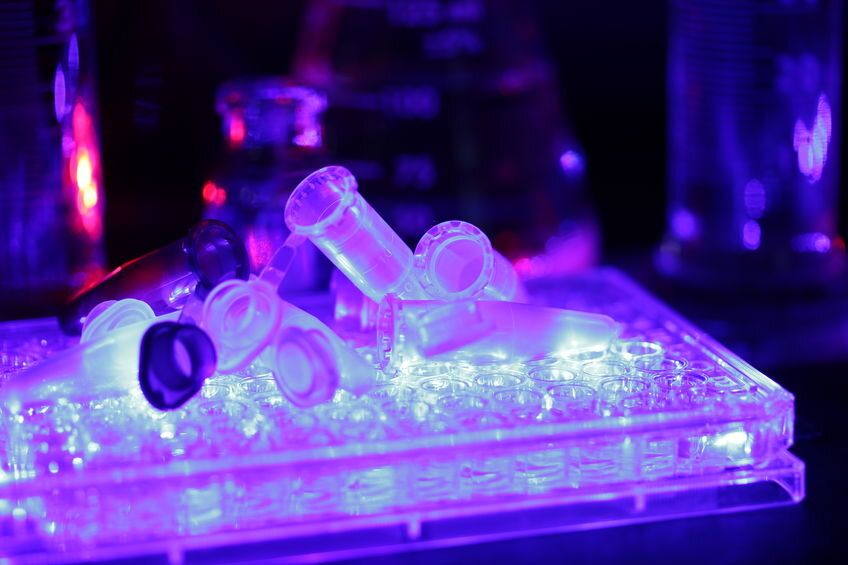Even though it’s not possible to predict where the science will lead, we can promise that life science discoveries will serve humankind well into the future. Circularization strategies economize science and responsibly limit our impact on nature. This green lab tip highlights a few resources for free lab materials and equipment. Let’s keep life science research and education going strong!
Read MoreWays that Labs Can Reduce Plastic Packaging Waste
Plastic packaging often gets a bad rap (wrap?). And rightly so — approximately 5.5 million tons of plastic is produced annually in life sciences laboratories. While it provides essential protection and labeling for products, its impact on the environment calls for action. Fortunately, there are ways laboratories can reduce their waste from plastic packaging.
Read MoreFetal Bovine Serum : Is it time to find a new growth supplement?
Fetal bovine serum, or FBS, has been a staple in cell culture practices for decades. However, multiple ethical issues and market supply challenges surround its use. Here’s a rundown of the issues around FBS, why scientists are looking for other options, and some alternative products to consider.
Read MoreUV disinfection in life science labs
Since many biology labs are working at limited capacity due to COVID-19 , I wondered if any of the UV disinfection technologies used in the healthcare sector could improve safety and sustainability in biology workspaces. To consider any practical options, I dug up some recent studies and spoke with the Director of the University of New Hampshire Environmental Engineering Research Group, James Malley Ph.D., who is a respected expert on UV theory and practice. It turns out that there are strict scenarios for UV technology to improve safety and sustainability.
Read MoreWhat materials and systems would you need on site for your laboratory to function more independently?
It’s a good time to plan for future disruptions by adding flexibility in your laboratory workflow. Continuing lab work will be based on more than social distancing requirements. Your lab materials choices, your organization systems, and even your sterilization systems factor into lab productivity. Read on to learn green lab tips that could help you to foster independence and ultimately also protect the environment and human health.
Read MoreInsights on how to make your lab sustainable in today's climate
Yes, reducing life science lab waste is a challenge in today’s recycling environment. But please don’t feel overwhelmed and alone on this issue! Today’s green lab tip is a video that perfectly captures the significant experience of people who have implemented lab solutions that work.
Read More




